For years, the US airline market was segmented between full service carriers, such as American and Delta, Low Cost Carriers (LCCs), such as Spirit, and hybrid carriers, such as Southwest and JetBlue. The LCCs, originally pioneered by Southwest, became wildly successful. Southwest has since moved to a more hybrid model, but their concept was adopted by airlines around the world. Ryanair, Spirit, EasyJet, AirAsia, among many others, are now LCCs. Their success has pushed the full service carriers to change their strategy and adjust according to “market demand”. That’s how ULCCs and Basic Economy came to be.
How It All Began (in the US)
Southwest began flying in the 1970s, as an alternative air carrier to the established legacy airlines. Their corporate culture, efficient ground services, and original passenger experience made them a hit across the country. For many years, the airline was the only “LCC” in the US. Slowly, other airlines began to adopt this model, ValueJet/AirTran, Allegiant, Spirit, Skybus, Frontier and Sun Country have since adopted the model, some with more success than others.
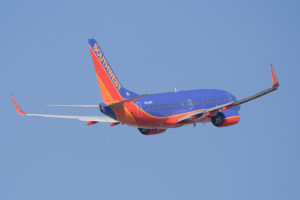
The concept was simple: provide the basic needs for a passenger: transportation, with as little frills as possible. At the time, not being served a meal in economy was considered a low cost alternative (LOL now a days, meals are few and far between in US domestic markets). The idea was people didn’t need those frills, they just wanted to go from point A to point B. Southwest provided (and still provides) free baggage, as well as drinks and snacks in the main cabin. However, some of the new players began to adopt the more radical model pioneered by Ryanair in Europe: the purpose of an airline is to ferry passengers safely, nothing more.
The Rise of the ULCC
The concept of just transportation, with no frills included, was pioneered in Europe by Ryanair. Their system became very successful, but in the US the idea would need some modifications. The first airline to go ULCC and be successful was Spirit, in the mid 2000s. Spirit began unbundling every aspect of the flight experience. From seat assignments, to carry on bag fees, to food and drinks on board, the airline would charge for everything. What was included in your ticket was the transport from A to B. After some difficult years, while people adjusted to this model, they found success. From here, Frontier and Allegiant followed suit. Their combined success became a threat to airlines. They offered much lower prices than legacy carriers (including Southwest), and after the Great Recession, people took on the concept as a good idea.
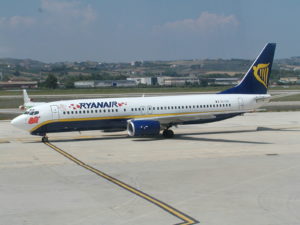
Economic Impact of the Great Recession
The Great Recession was the biggest motivator for the ULCC movement. With people more tight for cash, they realized that they actually didn’t, in fact, need the frills. In exchange for the cheap ticket, people would put up with ULCCs in order to move around the country. The recession was a shell shocking experience for the whole world. In the aviation industry, it led to the rise of the ULCCs around the world, and made them a threat to established carriers.
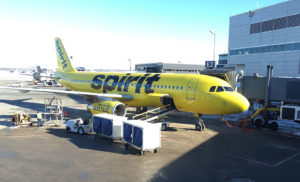
Legacys Fight Back and the Loss to the Consumer
Legacy carriers at first dismissed the ULCCs, they banked on superior product offerings, connectivity and lucrative loyalty programs. With the Great Recession and rising oil prices, however, these airlines began to cut services, without dropping prices. As airlines began to charge checked bag fees, removed meals from the economy cabin, limited services on board and on the ground, and developed toxic corporate and customer relationships, ULCCs became an honest threat. People saw the benefits of the ULCC’s prices over the now-limited frills of the legacy carriers. Hence, the legacy carriers began to discuss what they could do to regain their market share.
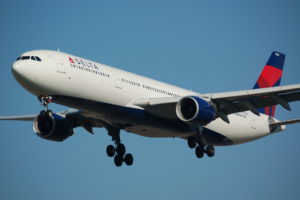
Basic Economy was first introduced by Delta Airlines, and it unbundled carry-on bags, seat assignment, limited elite credits and did not allow elites to upgrade. This model was, at first, timidly successful. However, when the airline rolled it across its network, it began to claw back at the ULCCs. Soon after, United and American followed suit. These fares pushed people from Economy class, to Cattle class. They are the last to board, have to pay for many add-ons, and makes elites feel forgotten. On some cases, the regular economy fare is reasonably more expensive, so the “splurge” is worth it, but in other cases the difference can be staggering.
Current State and My Opinion
Today, all US legacy carriers offer basic economy, with the only airlines holding out being JetBlue and Southwest. I often find myself “upgrading” to regular economy, since the price is usually $10-$30 more. I found myself booking my first basic economy ticket a few weeks ago, from Chicago to Houston. The Basic Economy ticket was $80, the regular economy was $350. It was a no brainer, but still upset me that if I wanted the chance to upgrade I would need to pay $270 more. As an elite I still get some benefits, but for the regular consumer, that’s a steep price to pay for a carry-on bag.
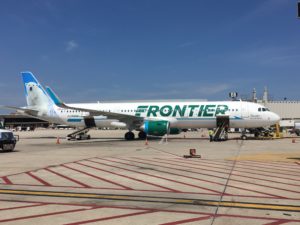
Landing Thoughts:
Basic Economy has come about as a result of consumer sentiment. However, I find the consumer to be dichotomous. They complain about the sad state of US carriers and how little they offer, but they were the ones driving the push to the no-frills model. I wholeheartedly understand that people want to spend the least possible, but that comes at a price (no pun intended). Air travel is supposed to be straightforward, you get what you pay for. Although it is often not the case in premium cabins, in economy cabins it tends to match what you would expect. I don’t see the ULCCs effect going away any time soon, and with their continued success, I expect more cost cutting from legacy carriers.
What do you think? Have you ever flown Basic Economy and a ULCC? How do you compare your experiences? Let us know!
If you want to stay up to date with the latest airline news follow me on Twitter, Facebook or LinkedIn!
Also follow Travel Update and Boarding Area on Twitter!
For any suggestions on and for opinion articles email blogymmv@gmail.com

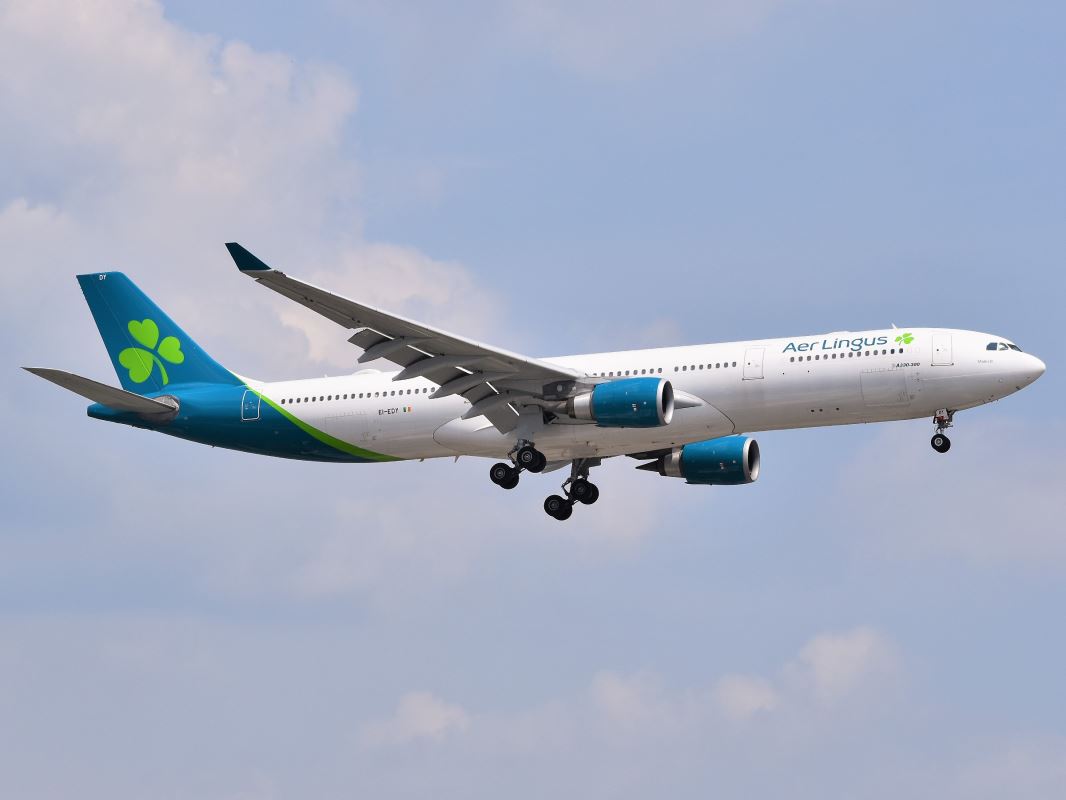


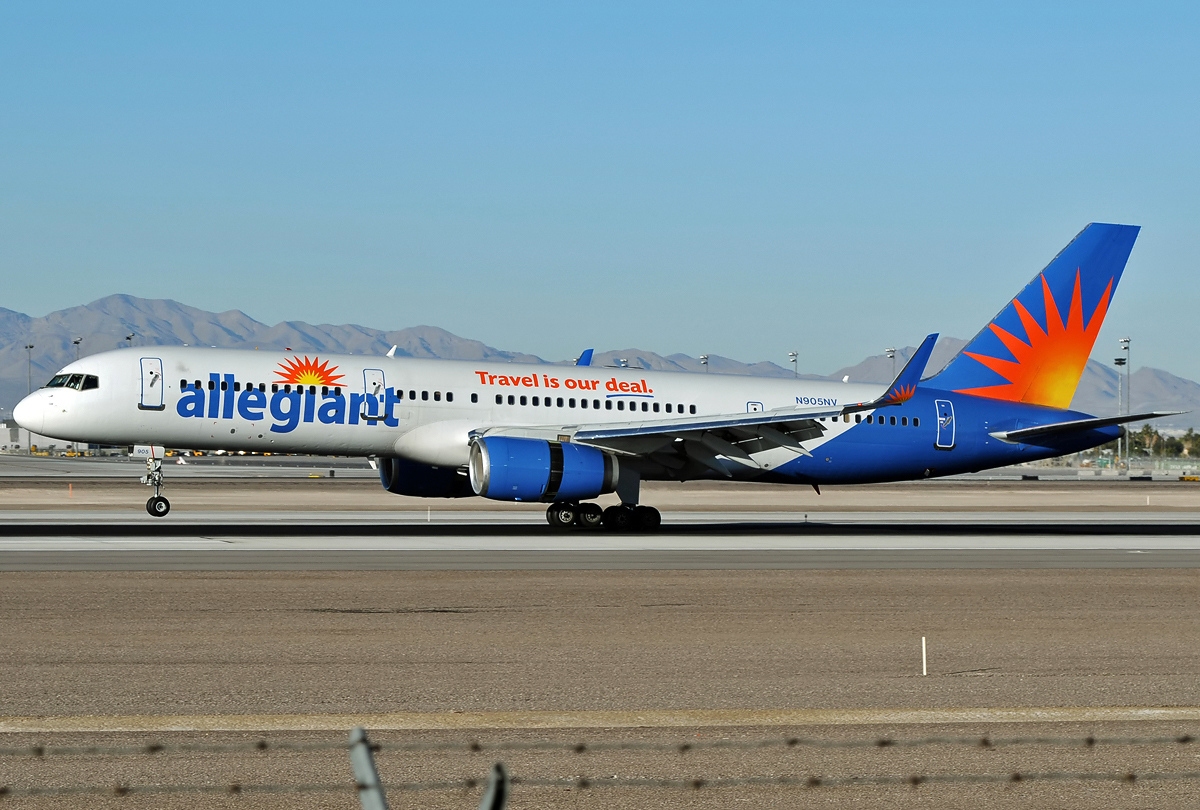
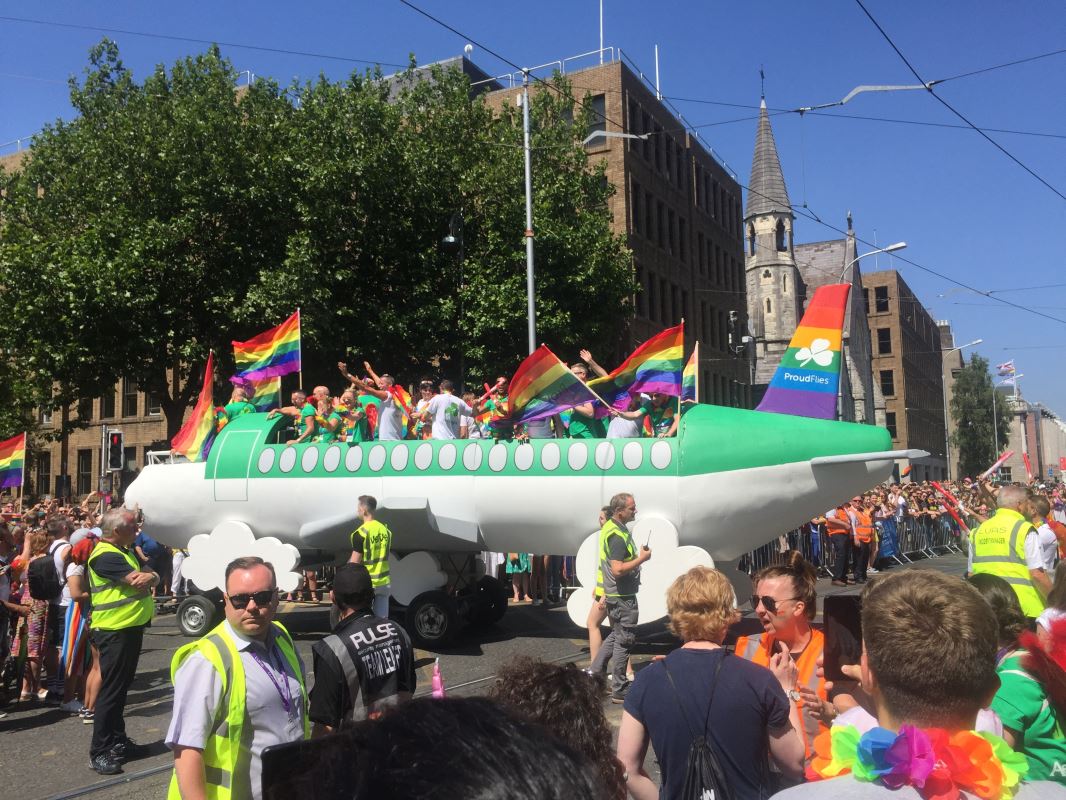
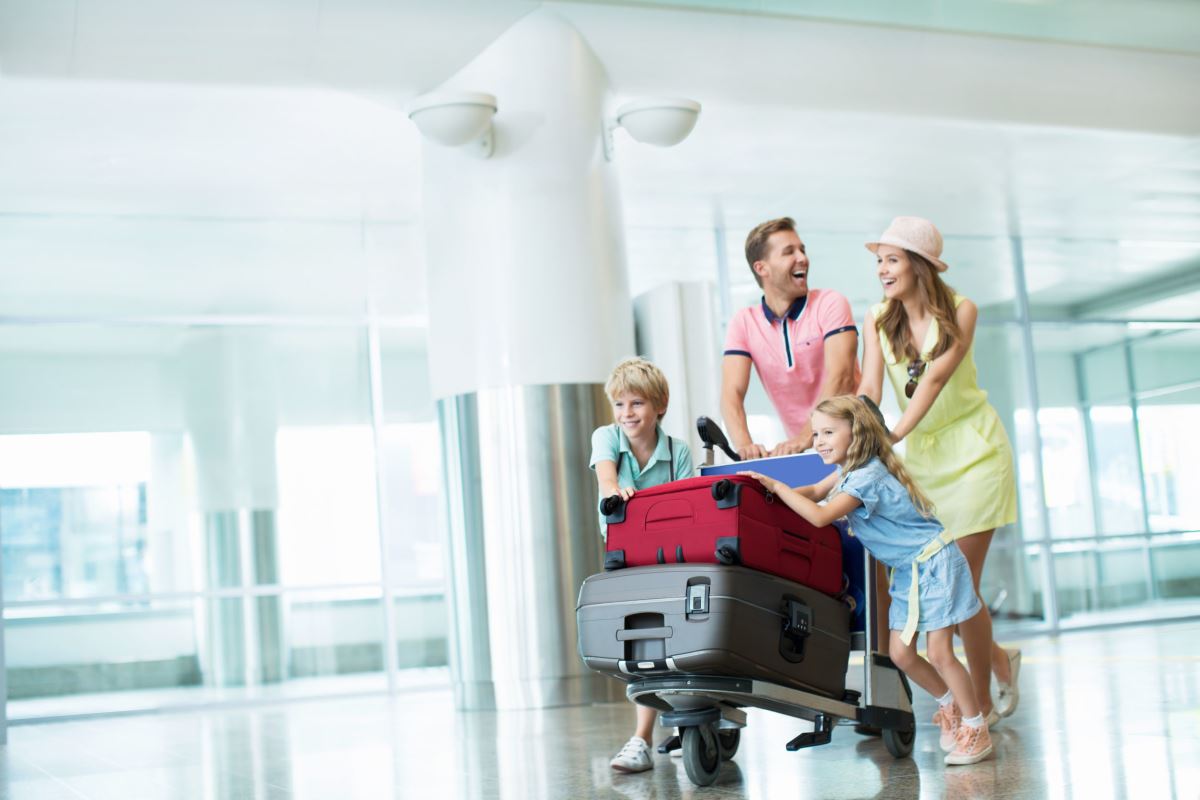

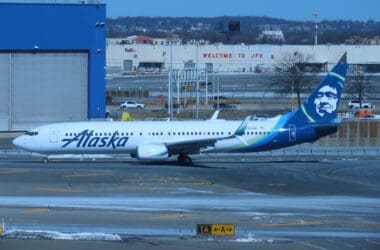
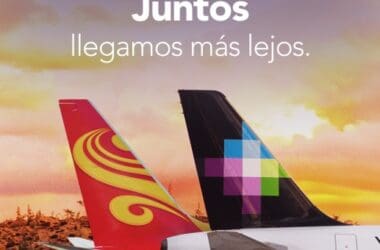
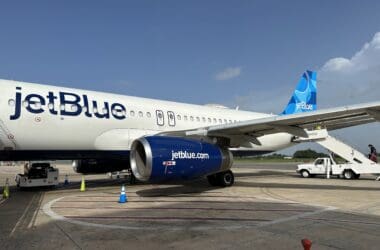
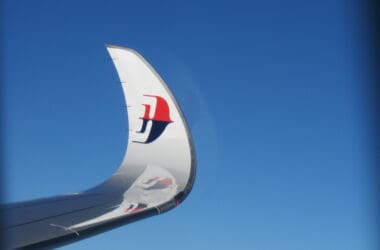
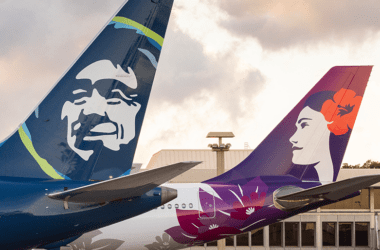
I flew Spirit twice. I love it, you get what you pay for. When they have such a cheap price I put up with it! I flew once in a 28″ regular seat. And the other time was in the Big Front Seat. Let me tell you that it is a great value, in my case it was only $50 more than a regular seat and you get a older domestic first class seat with no recline and like 35″ of leg room.
Correction: Delta Air Lines did allow members of the SkyMiles program who purchased Basic Economy airfares to upgrade since Basic Economy was first introduced — but that benefit was rescinded in 2014:
https://thegate.boardingarea.com/upgrades-basic-economy-airfares-delta-air-lines-will-likely-affect/